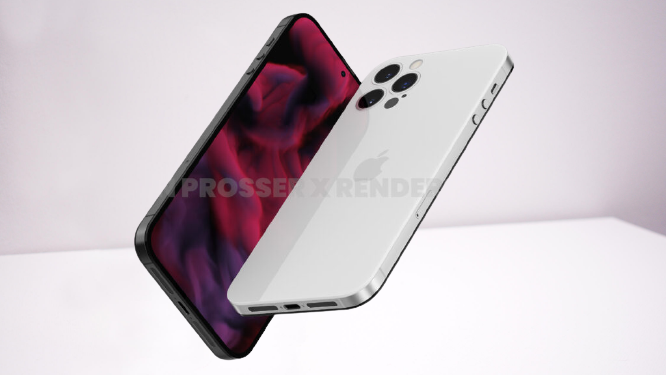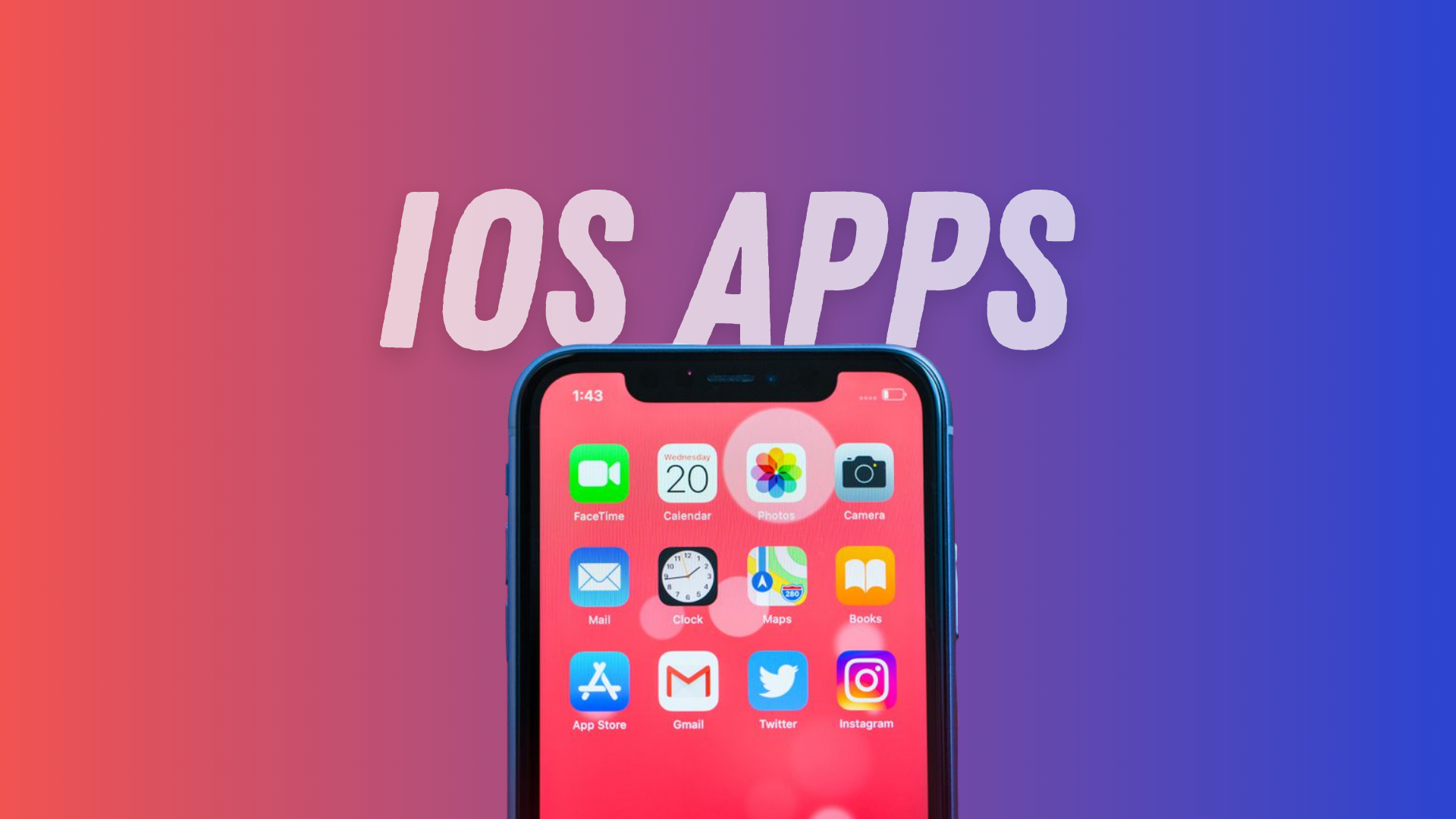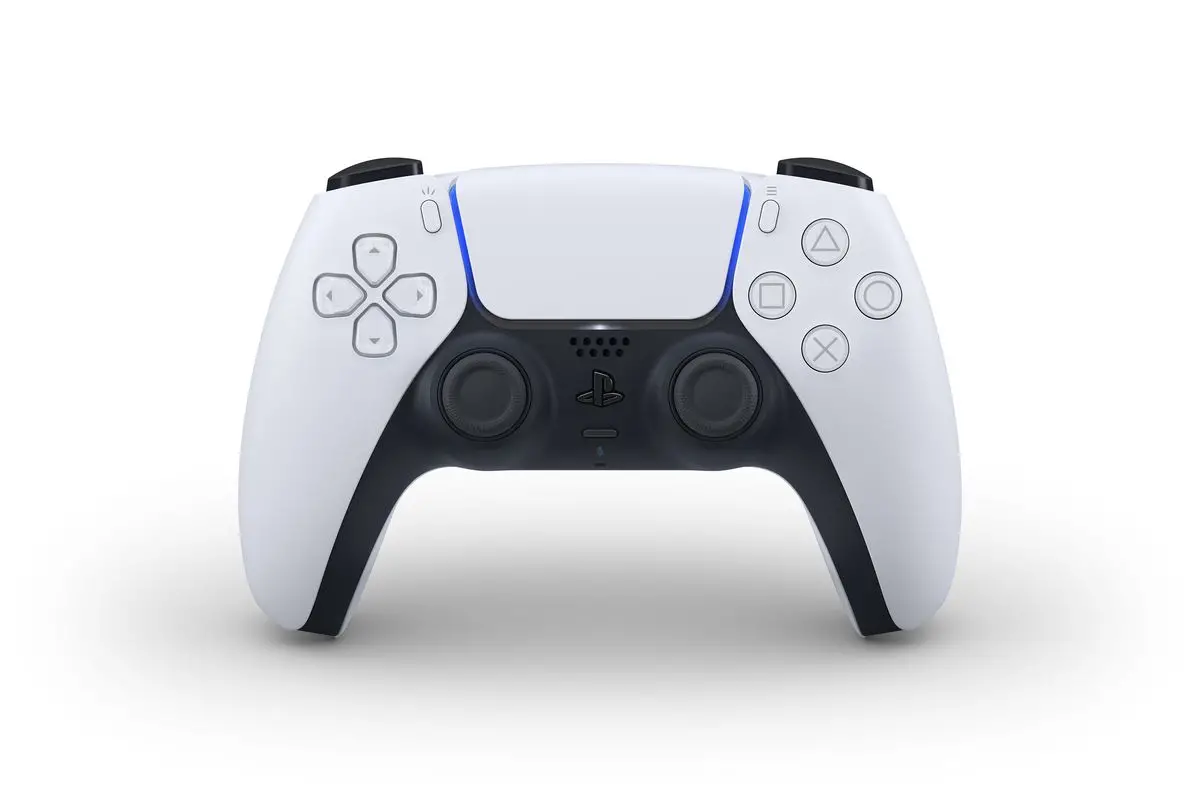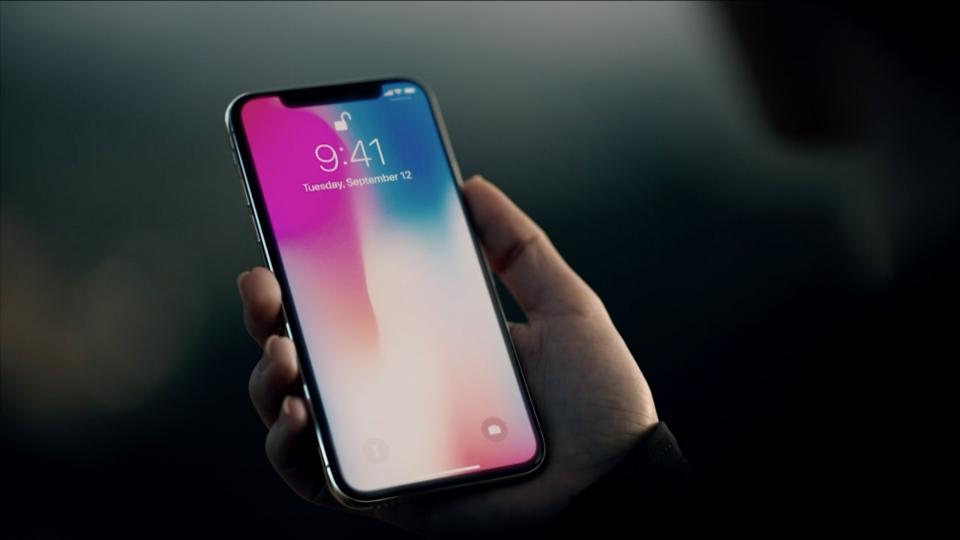The Apple iPhone 13 series is out for sale now and it has received a strong response. Although there’s still a lot of stuff around the iPhone 13, we have already started getting rumors around the iPhone 14 series which is exactly a year later at the time of writing this.
Speculative renders for the upcoming iPhones reveal that Apple could be opting for a punch-hole cut-out instead of a notch that has been reduced by 20 percent on the iPhone 13 series. The report regarding the notch was corroborated by analyst Ming-Chi Kuo.
Apart from that, all the iPhone 14 models (at least three) will be equipped with 120Hz LTPO OLED panels that have been around on Android devices for a while now. However, it is better late than never as the iPhone 13 Pro and Pro Max are lit using the 120Hz panels. Apart from that, we have already heard that Apple could be winding away from 12MP sensors finally and moving to 48MP sensors at the back capable of shooting with a pixel binning mode at 2.5micron pixels. Take it with a pinch of salt though we are still way too early to make any details concrete.
Apple iPhone 14 series will have a major design change as well. Albeit it will look kind of iPhone 13 but with a punch-hole cut-out (instead of a regular-sized notch) and a flushed rear camera setup which looks similar to iPhone 13 but all the lenses are flushed with the back panel. This is probably what the major redesign the upcoming iPhone series is expected to bring next year although as said, take it with a pinch of salt.
According to Mark Gurman of Bloomberg, there’s not gonna be an iPhone 14 mini and instead, Apple will have an iPhone SE 2022 with 5G connectivity but it’ll retain LCD panel as it has currently. Talking about no iPhone 14 mini, it is likely that there will be an iPhone 14 Max in the lineup. This brings us to two sizes i.e. 6.1 and 6.7-inches with standard and Pro configurations and no mini moniker on-board.
Cupertino-based giant will announce iPhone 14 series sometime in September next year so there’s plenty of time to redesign and reconfigure specifications from what we know at the time of writing this.










